Divinity: Original Sin 2 isn't that much harder than Baldur's Gate 3, but Larian sure got better at constructing a first act between games
Lessons learned.
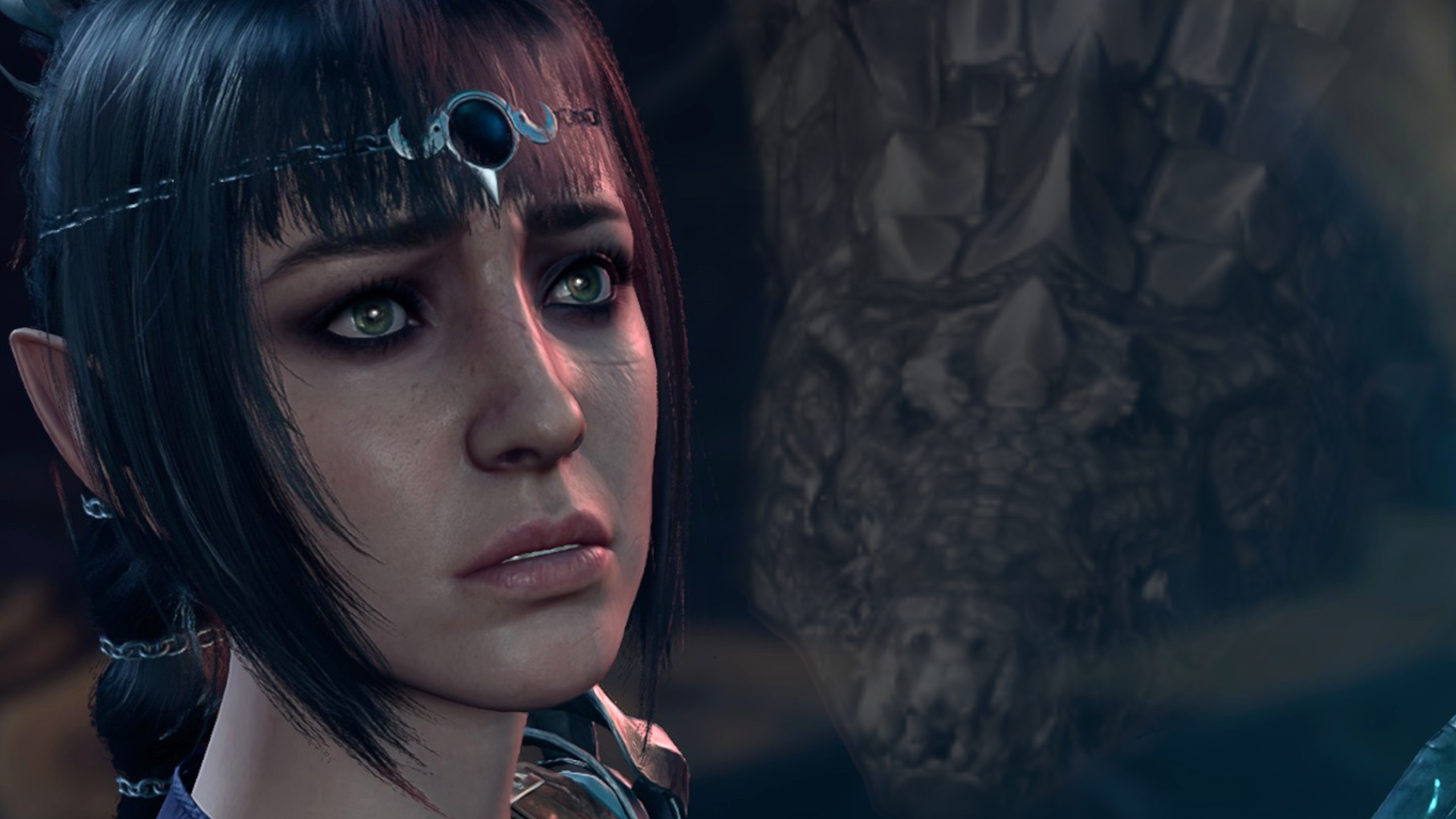
With how downright good Baldur's Gate 3 is, it's only natural that players will be checking out Larian's landmark CRPG Divinity: Original Sin 2 (including our own Ted Litchfield, who has been having a blast).
However, there's been a bit of a trend—as TheGamer noted last week, there've been some instances of players getting the CRPG bug from Baldur's Gate 3, turning to Divinity: Original Sin 2, and getting flattened. As one user shadownn02 writes on the Divinity Original Sin Reddit: "Is this game supposed to be super hard? What are we missing?"
My immediate response to this was 'hold on, DoS2 had its moments, but I don't remember it being that much harder.' Combat was more chaotic thanks to Larian's 'oops, all surfaces' design, but it had been a few years. Maybe I'd just blocked the teleporting crocodiles out of my mind.
So I decided to boot up a new save for the first time in years, and I immediately began to see the problem. DoS2 isn't harder than Baldur's Gate 3: its first act is just way less structured, and does a poorer job of easing you into the game. It's not bad, by any means—there's something to be said for the open, immersive-sim nature of Fort Joy. It's just far more aimless.
The fascinating thing is: they're largely the same. Both acts spit you out on a beach after your vessel crashes, both have you picking up fellow survivors as you take your first steps into their vast worlds. But while Baldur's Gate 3 clearly signposts the way forward, DoS2 hides a bunch of rakes in some tall grass and tells you to go hog wild.
What's more, those rakes just aren't in how the act's designed—they're hidden in how the game's combat mechanics interact with each other, too.
The venn diagram of pain
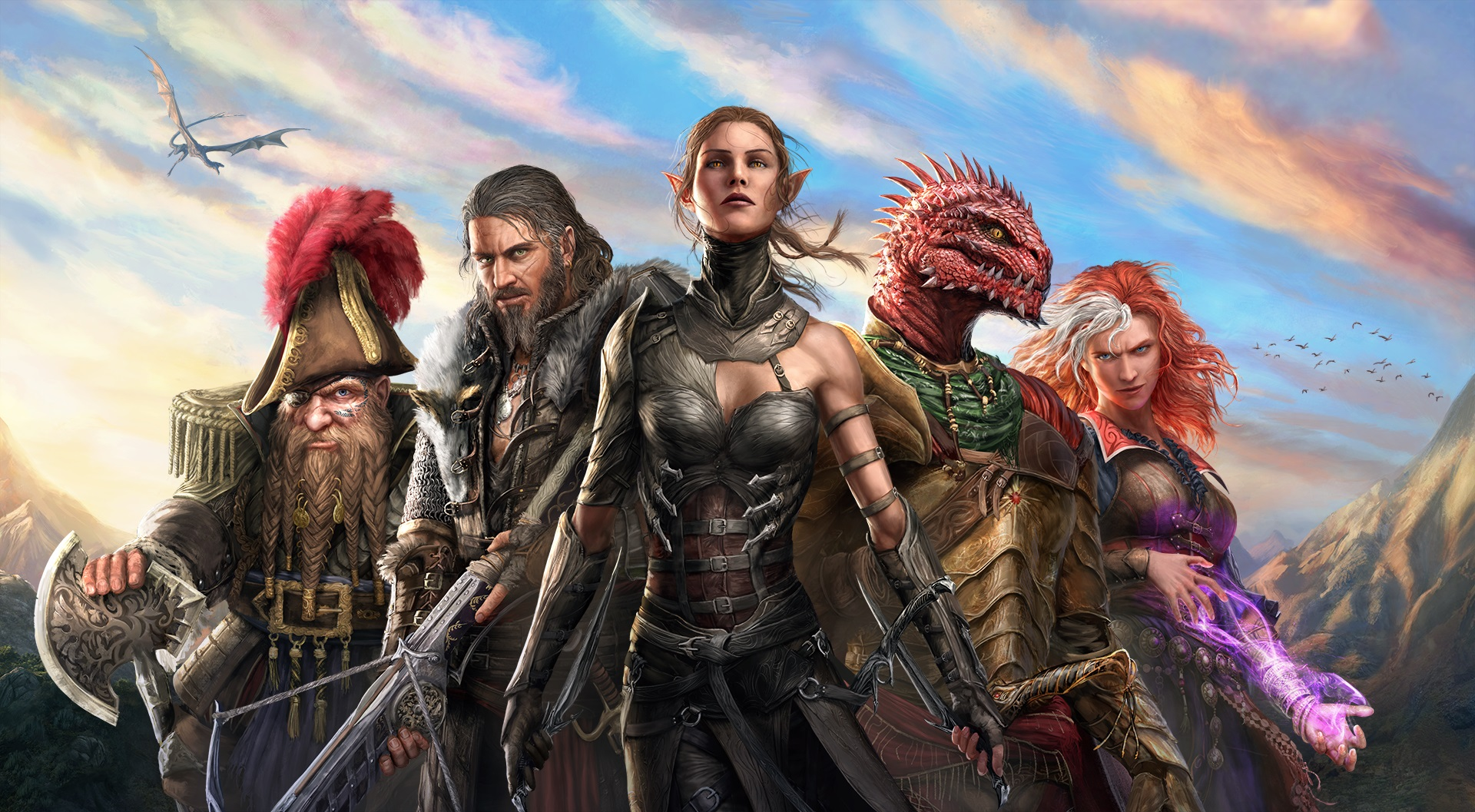
DoS2's early-game has three main mechanics which intersect into something I'm going to call the venn diagram of pain. In isolation, these mechanics create interesting decisions for the player—but in Act 1 they overlap, combining into a baffling difficulty spike with the player squarely in the middle.
The biggest gaming news, reviews and hardware deals
Keep up to date with the most important stories and the best deals, as picked by the PC Gamer team.
The first circle of Swen Vincke's Inferno is Armour. In DoS2, you have both physical and magical armour. These act as second health bars—instead of rolling to resist crowd control like you might in Baldur's Gate 3, you become vulnerable to all crowd control if your armour's depleted.
This is fun when you get past the early-game roadbump, because it means there's a place for both strong direct damage and controlling skills. It's a total nightmare in Act 1 though, because you start out as a prisoner in rags (a potato sack doesn't really protect you against the elements, who knew?) A lot of Act 1's initial encounters assume you've got a bit of armour, so this makes them incredibly harsh.
The second circle is Death. In DoS2, you die as soon as you hit zero hit points. This is by design, since having no armour left is sort of a soft 'dying' condition—except instead of making death saving throws, you're clawing your way back to safety. But because you have no armour to start with, DoS2 forces you to chew through your measly starting supply of resurrection scrolls.
The third circle is Books—scary, I know. Unlike Baldur's Gate 3, you don't immediately get new abilities on a level up. Instead, you go to specific merchants with specific skill books and buy them. But if you don't know where the merchant is for the skills you want (or if you're just poor)... well, tough luck.
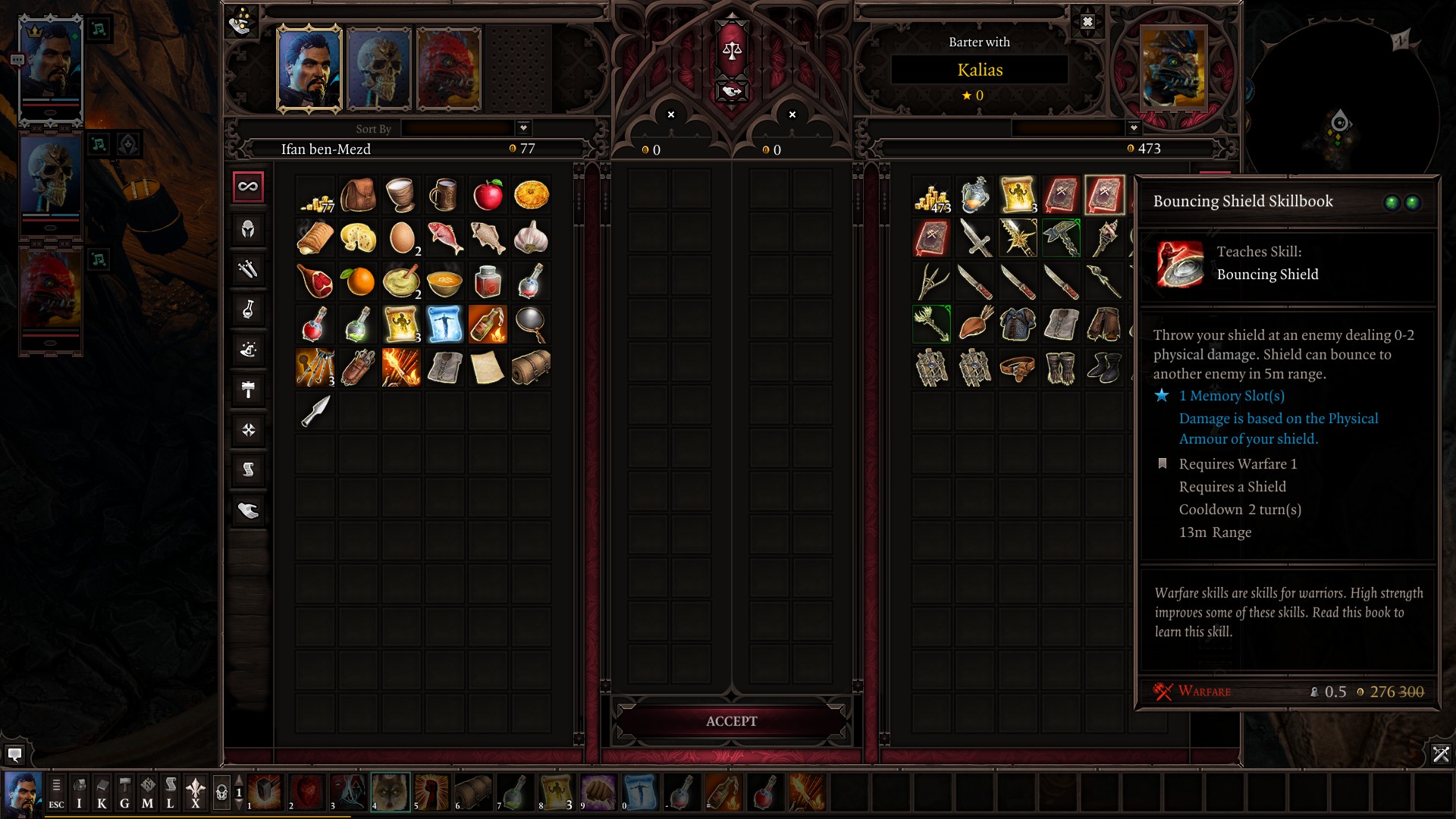
This means that if you chose poorly on character creation, you're screwed. Not to mention, skills in DoS2 work on a turn-based cooldown system, with individual cooldowns for each ability. Having 1-2 additional skills you can fire off is a massive power boost. Overlap these three circles of pain: armour, death, and books, and you get DoS2's first act. If you're a visual learner, here's a hastily-cobbled together diagram.
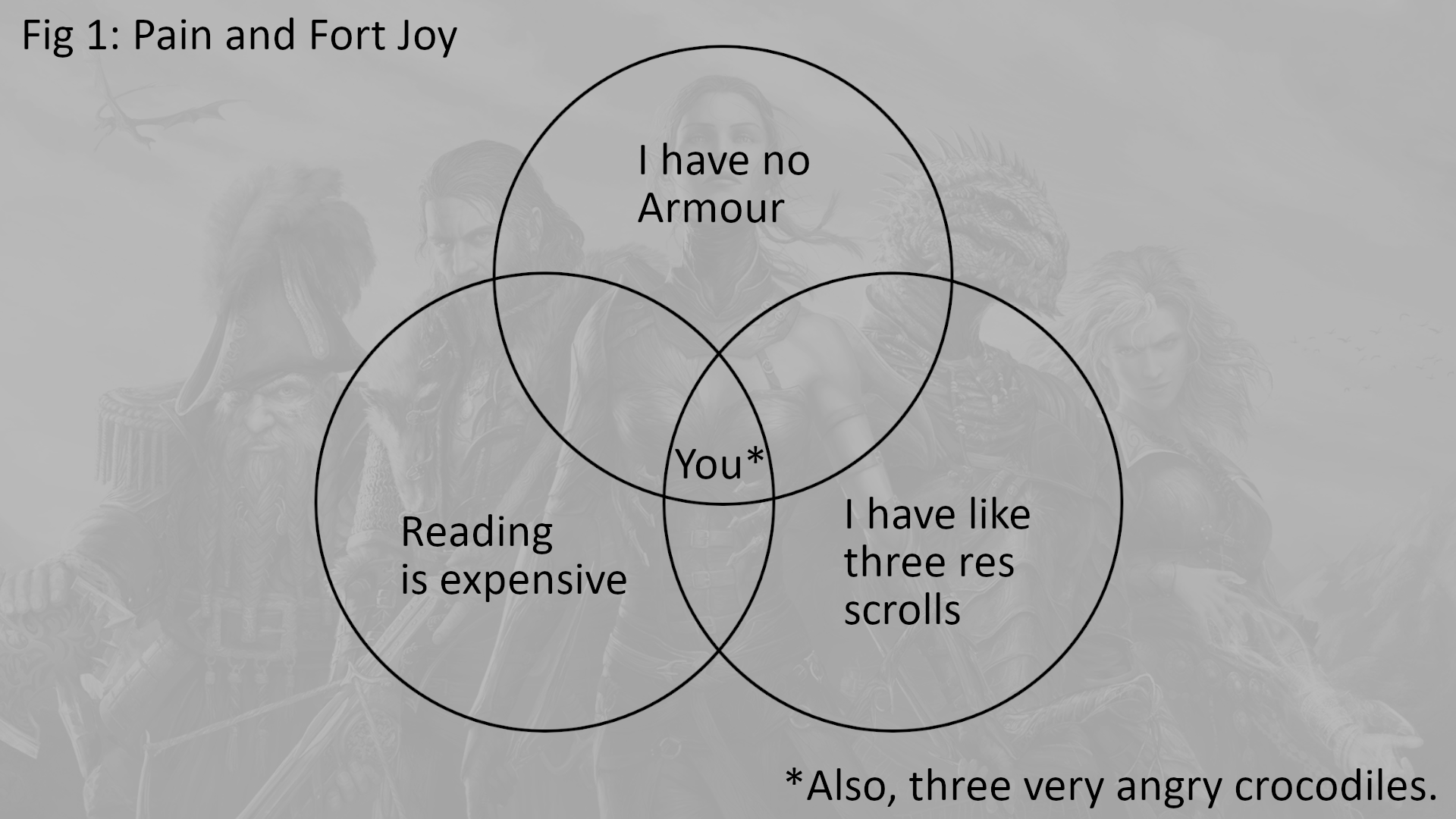
All of these design choices amplify each other in the first act: you need money to buy armour and skill books to not die, but you also need to do fights to get money—which can cost you resurrection scrolls, which cost money to replace, which depletes your armour and skill book fund—and so on. The snake eats its own tail. But what about Fort Joy's actual design? Well, turns out that's worse, too.
More like Fort Sad
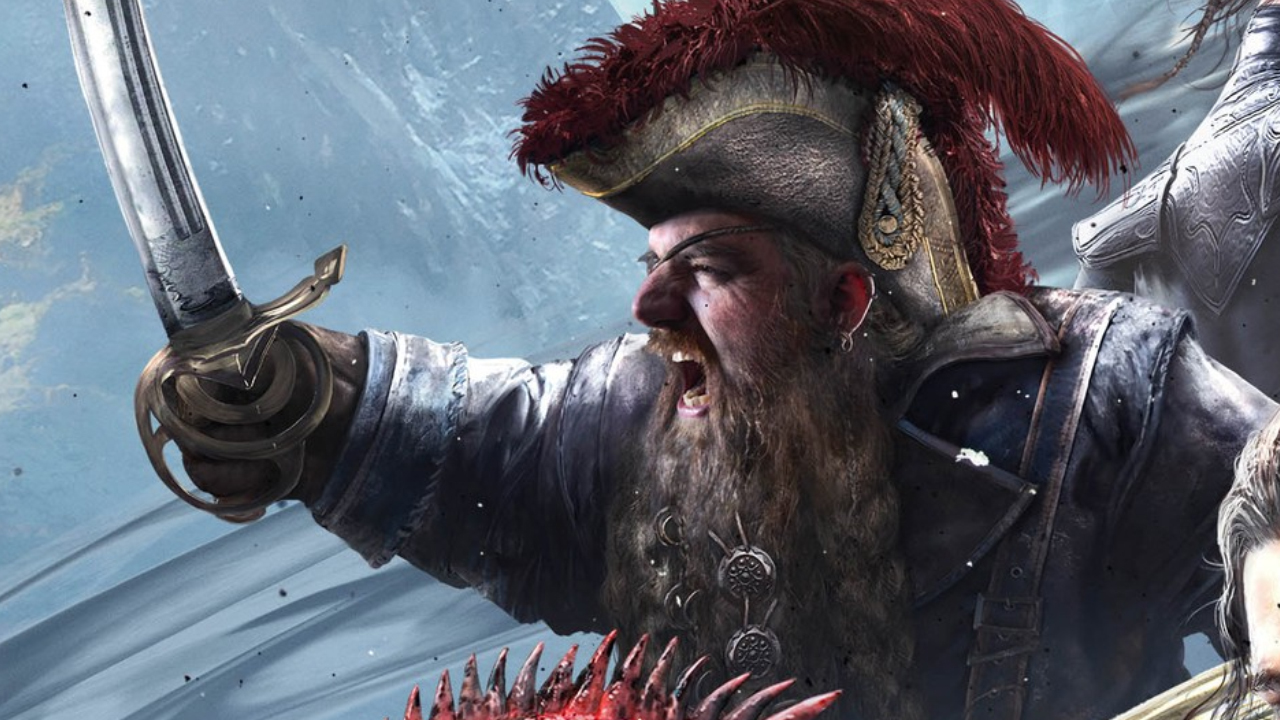
Okay, I say 'worse'. What I mean is 'different, but in a way that hurts'. I kinda like how Fort Joy puts you in a desperate, disadvantaged situation and demands you scrounge enough funds together to get some clothes. I like how there are a lot of different ways to get past it, too. But just because some masochists enjoy the pain, a headache is still a headache.
Consider Baldur's Gate 3's beach: like DoS2, it's a (mostly) straight path you take towards a town. You immediately pick up Shadowheart, and the game puts Astarion, Lae'zel, and Gale along the route in short order. Granted, there's a gnarly encounter with two intellect devourers along the way—but it wouldn't be a Larian game if they didn't mess with you a little bit.
You can absolutely bank a hard left and get lost in the wider world, but the two main choices you're nudged towards are measured. You can either bank right and go through a manageable dungeon with some bandits to get some XP and gear—otherwise, you're funnelled into the Druid Grove and greeted with a big, cinematic brawl that encourages you to go inside. Doing so starts a few different quests that highlight areas of interest on the map, and gives you a chance to sell your loot for a bit of dosh.
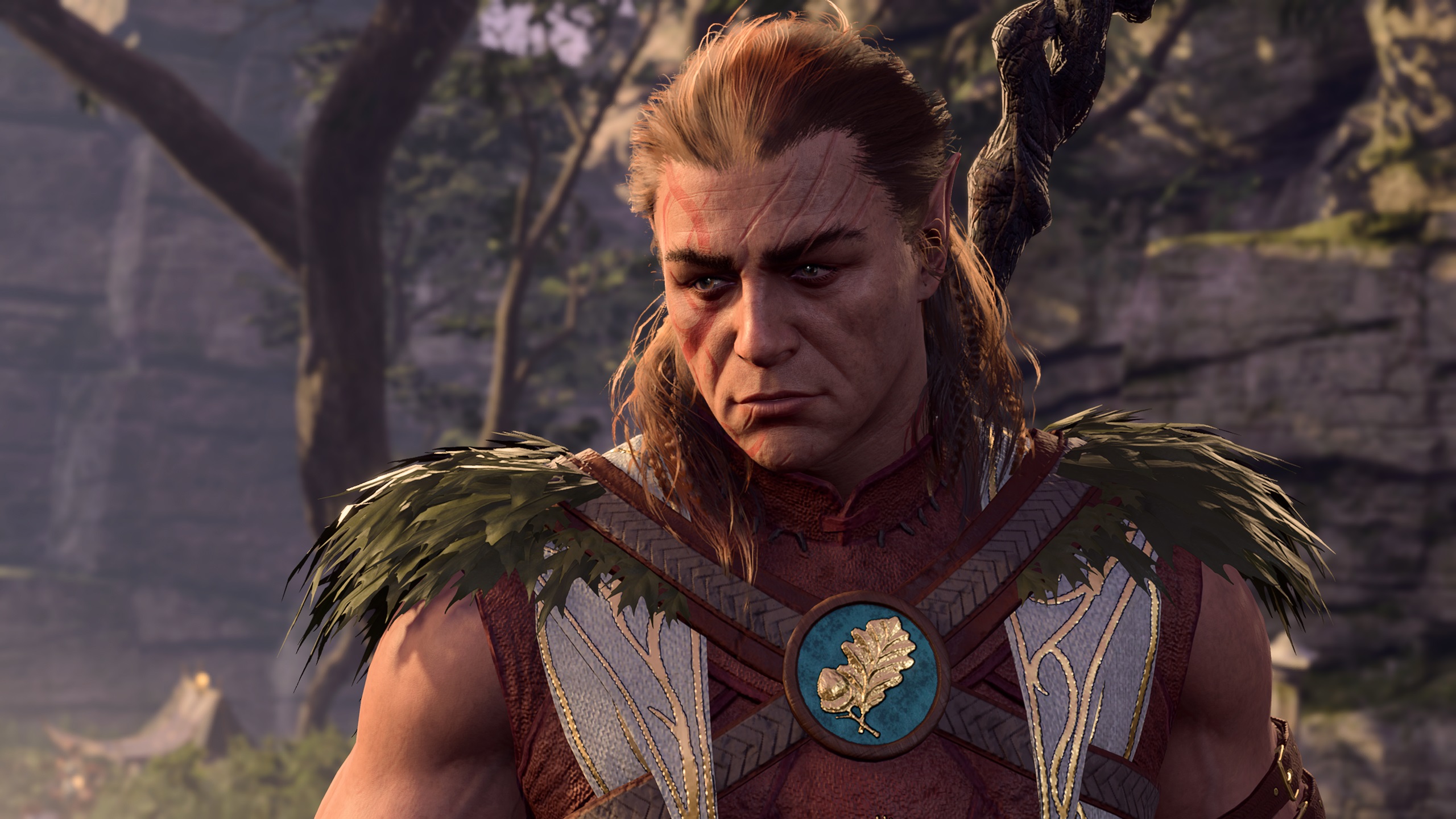
It's a sharp contrast to Fort Joy. To rejig my memory, I decided to try and ignore my usual instincts to steal everything that's not nailed down and comb the map. Instead, I let the game funnel me towards Fort Joy—then banked right onto the beach, since the other direction had a massive impenetrable Fort next to it.
An assassin popped up to gank the Red Prince—he had a ton of armour, and nearly blew us all up. Beast was no help since I hadn't recruited him yet: he was too busy singing a boat-building shanty about someone touching themselves. Scratch one resurrection scroll.
Then I went for the infamous teleporting crocodile encounter and (despite having a decent set up) I barely made it out alive. Three more resurrection scrolls down, and all I got were these stupid gloves.

There are less deadly encounters in Fort Joy for sure—but the game doesn't naturally guide you toward any of them. You're expected to be thrifty and resourceful—which is cool—but there's a complete lack of direction that's admittedly frustrating. Baldur's Gate 3 really does seem like a second stab at the concept, just with a gentler guiding hand.
In both games, you've been kidnapped and saddled with a worm/collar, a pressure cooker for your disparate groups of scoundrels to stick together. You're funnelled towards a town filled with people in need during a tense political situation—both seated under the shadow of a looming fortress, keeping everyone trapped.
The difference? Baldur's Gate 3 actually gives you the tools you need to get started, whereas DoS2 says: "Here's a sandbox, have fun kiddo, watch out for needles." Once you get past that initial hump, it's not actually that much harder than Baldur's Gate 3, and I hope that anyone struggling at first manages to muddle on through: because there's an excellent CRPG waiting for them in DoS2 under its misleadingly brutal first few hours.

Harvey's history with games started when he first begged his parents for a World of Warcraft subscription aged 12, though he's since been cursed with Final Fantasy 14-brain and a huge crush on G'raha Tia. He made his start as a freelancer, writing for websites like Techradar, The Escapist, Dicebreaker, The Gamer, Into the Spine—and of course, PC Gamer. He'll sink his teeth into anything that looks interesting, though he has a soft spot for RPGs, soulslikes, roguelikes, deckbuilders, MMOs, and weird indie titles. He also plays a shelf load of TTRPGs in his offline time. Don't ask him what his favourite system is, he has too many.

